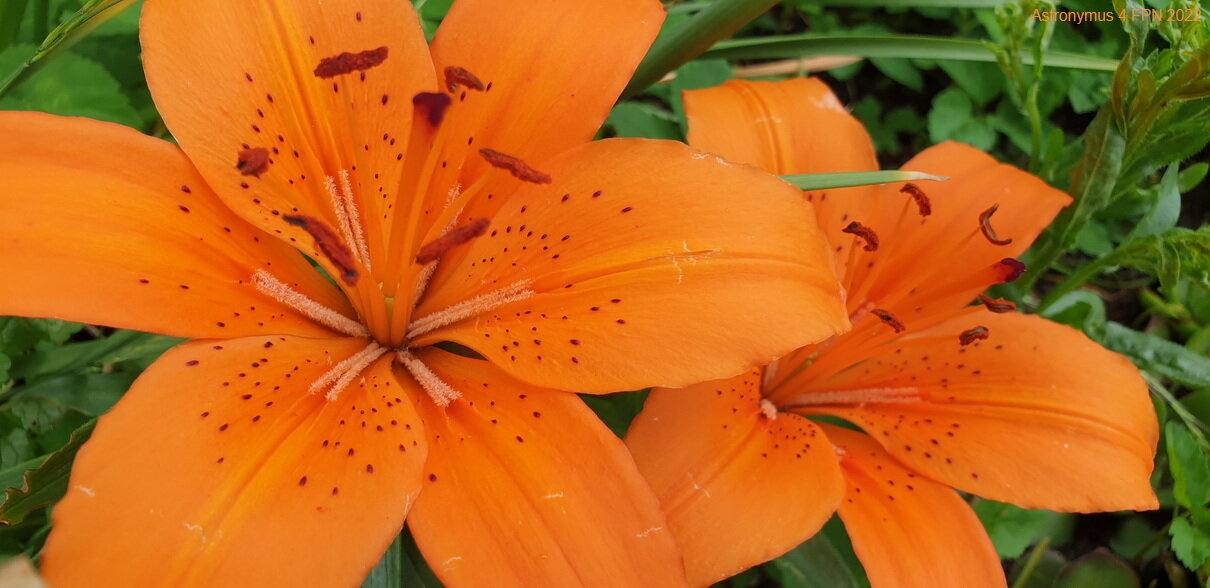KittyInkpot 焦糖杏仁华夫饼 (Caramel Almond Waffles) ink
-
Forum Statistics
355k
Total Topics4.6m
Total Posts -
Member Statistics
-
Images
-
Albums
-
Pen Pics 3
- By K Singh,
- 0
- 0
- 16
-
Photos misc
- By Astronymus,
- 0
- 1
- 18
-
Andrew Lensky Arts
- By Andrew_L,
- 1
- 21
- 42
-
USG 8
- By USG,
- 0
- 0
- 12
-
more
- By AmandaW,
- 3
- 6
- 91
-

desaturated.thumb.gif.5cb70ef1e977aa313d11eea3616aba7d.gif)













.thumb.jpg.f07fa8de82f3c2bce9737ae64fbca314.jpg)



.thumb.jpg.331e554113c33fb39d5bf3233878978a.jpg)





Recommended Posts
Create an account or sign in to comment
You need to be a member in order to leave a comment
Create an account
Sign up for a new account in our community. It's easy!
Register a new accountSign in
Already have an account? Sign in here.
Sign In Now